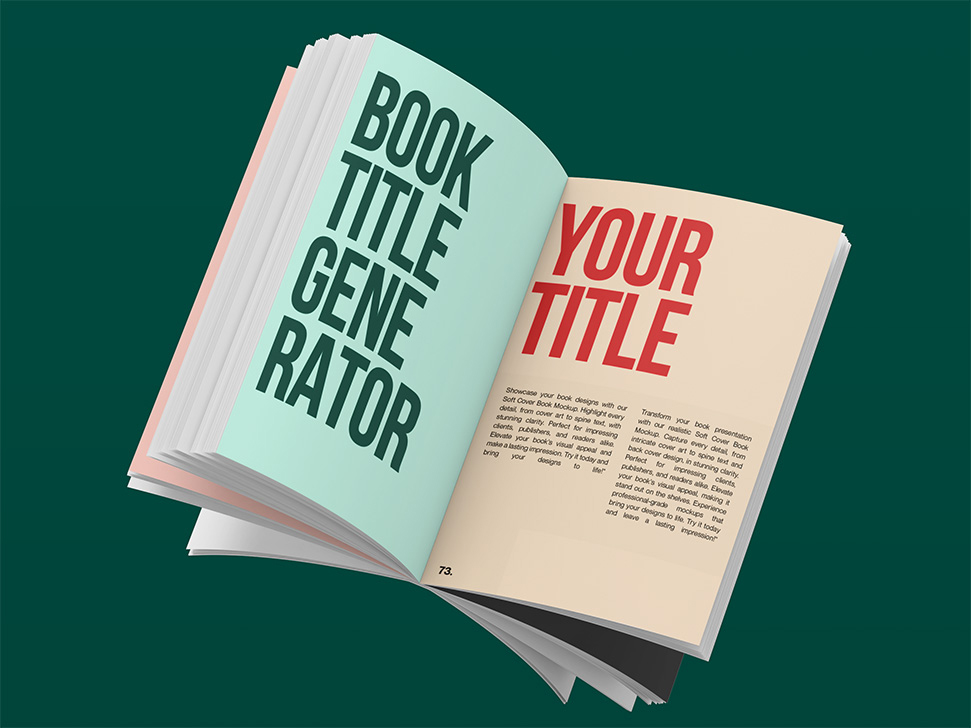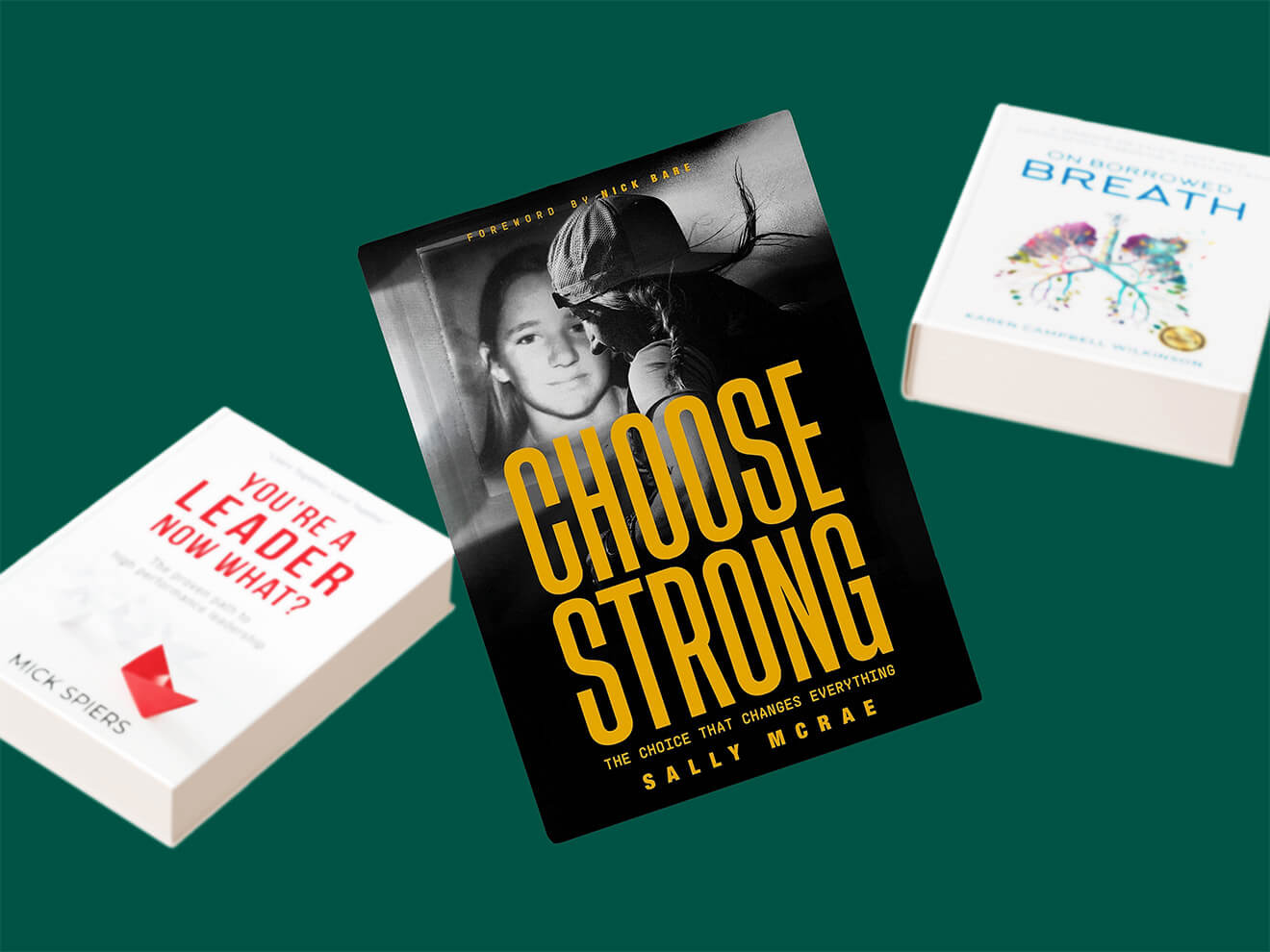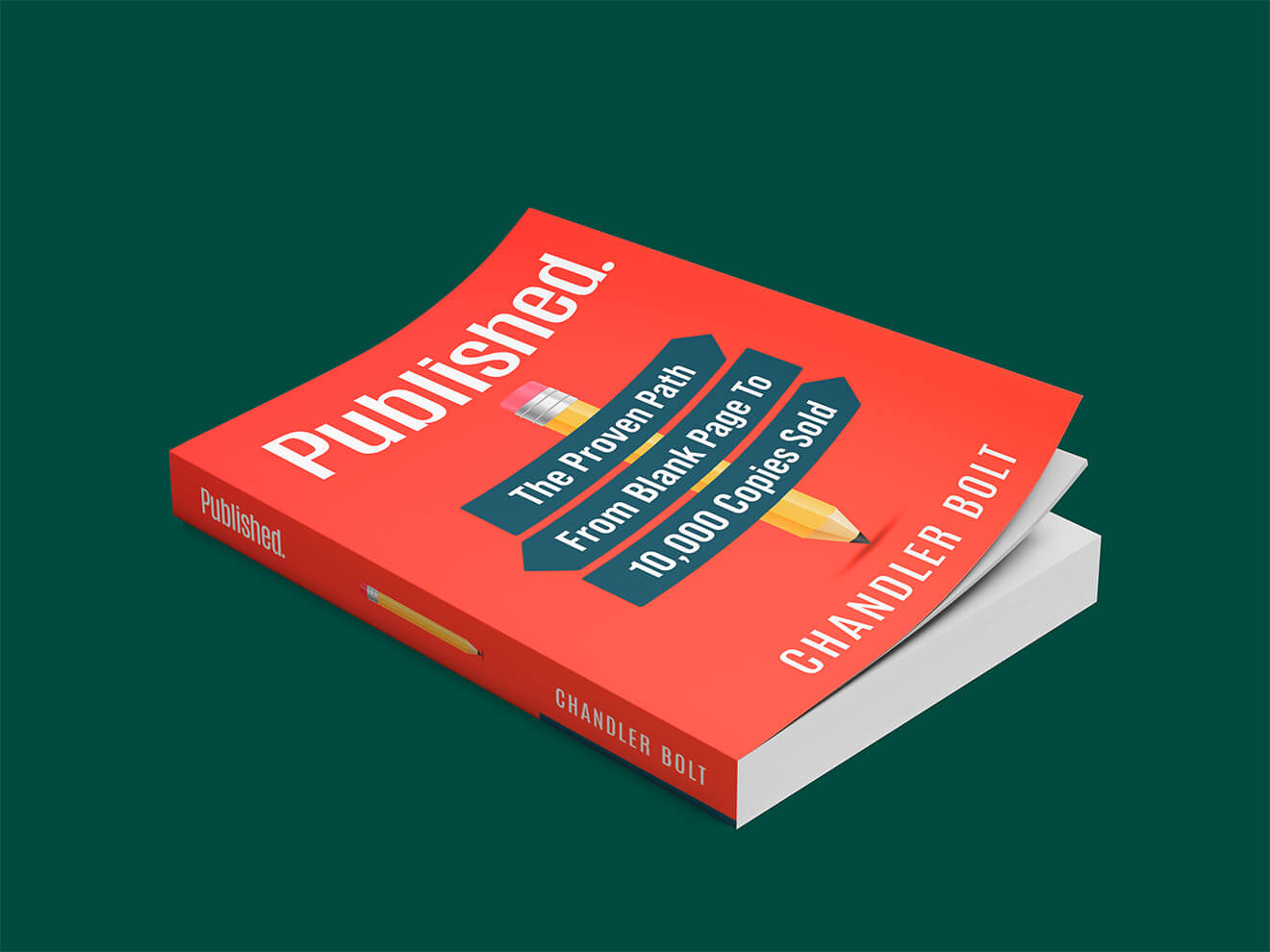One of the biggest challenges of writing a book or any type of content is corralling all the ideas in your head to create something cohesive that makes sense on paper. Sometimes writing flows easily. Other times, your words play Hide ‘n’ Seek while you stare at a blank page and blinking cursor that offer little comfort.
So what’s the trick? How do you write when your words take flight?
I’ve been writing professionally for over a decade, and I’ve learned that inspiration has little to do with writing productivity. It’s nice to have, but when you have to get the work done. there’s no time to wait to be inspired.
The reason dictation software (voice capture, speech-to-text, or voice recognition) is a writer’s best friend and one of the best tools to have in a writing toolbox is because you don’t have to start with an intimidating blinking cursor. Instead, you can talk freely, without interruption.
In this article, we’ll take a look at how you can use dictation software for writing, whether it’s your next blog post or book.
Benefits
- Captures your thoughts – When you’re sharing something you’re passionate about or teaching something you’ve learned, words flow almost effortlessly. You’re not rearranging thoughts in your head to get them to come out perfectly like you do when you’re writing. You’re just sharing. Dictation software captures these moments of free-flowing thoughts.
- Decreases self-editing – Unlike writing, where it’s tempting to stop and start while you add and subtract words and sentences, recording your thoughts almost completely eliminates self-editing. I saw “almost” because it can be tempting to correct yourself while recording.
- Supports subject matter experts – While using dictation software can benefit any writer, subject matter experts will find it especially useful. Simply talking about what you know builds content faster than any other method I’ve found as a writer.
- Boosts productivity – A blank page and blinking cursor can be intimidating. You either waste time trying to get that one paragraph perfect, or you stare at an empty screen and convince yourself you have nothing to say. Dictation software boosts productivity by pushing the roadblock of “perfectionism” out of the way. Talking about your ideas rather than just writing them often produces more words in a lot less time. Most dictation software comes with auto summaries created by AI that remove much of the burden of organizing your ideas, so you can just focus on building a great piece of content.
- Mobility – most dictation software includes an app that you can download on your smartphone, which allows you to record notes anywhere. I use my app when I’m doing a solo trip to the grocery store or other errands. I’ll select a topic related to something I’m working on and press record when I start my trip and then press stop when I get to my destination. The final recording may include me questioning the behavior of the driver in front of me, but I usually have a lot of really good material to work with.
- Convenience – I remember well the clunky small tape recorders in the early 90s. I’m pretty sure I bought a few from RadioShack with the mini tapes. You could record your voice just fine, but you still had to hand transcribe your notes. The loveliness of today’s dictation software is that most have a translation component built in. Voice memos stay organized, and the summaries attached are easy to access.
Fiction vs nonfiction
While you can use dictation software for nonfiction and fiction writing, my experience is that the nonfiction writer will find it more beneficial. With both types of writing (fiction and nonfiction), voice capture allows you to get your ideas out of your head and into a useful format. The difference is that with fiction, you’re building a story, so dictation software works well for notetaking (e.g., character and plot ideas, descriptions, etc.), but with nonfiction, you can go from notetaking to outline to almost a fully fleshed-out article or chapter easily.
If you know the subject matter well, it’s often easier to have a conversation about the things that you know, rather than writing them down, and voice capture gives you the opportunity to just talk freely. It’s amazing how easy it is to talk when you are not looking at the words on the page and trying to correct them as you write.
For example, book publishing and book design are part of my experience, so if given a related topic, I likely have an opinion. Where writing can take me an hour of serious concentration to come up with 1,000 words, I can record the same number of words in a few minutes. I admit that what is transcribed from the recording usually needs a lot of work to shape it, but the ideas are there, and I find that it’s a lot less stressful to move a few sentences around than to spend an hour trying to write something that sounds good.
If I’m not in the frame of mind to write, the process can be draining, but I can talk for a long time on a voice recorder. I find that some of my best ideas come to the surface when I am able to speak freely.
Best practices
All dictation software is not the same. Outside of the tool for recording, each one has its own pros and cons that you’ll want to consider carefully before selecting one. Once you’ve found the perfect fit, here are my recommended steps for using it.
Step 1: Start with an informal outline or talking points for whatever you’re writing. You don’t want to waste time when using voice capture, so having something specific to talk about is critical.
If I’m working on an article, I’ll often start with the title of the piece if I have it and record as much as I can in the form of an answer to the title’s underlying question. If I haven’t fleshed out the direction for the article, responding to the title will often bring several ideas to the surface to use as headers and key takeaways.
Step 2: Before I press record, I think about my audience. What is their experience level with the subject matter? Are they just starting out, or are they more knowledgeable? By getting the audience straight in my mind first, I won’t make the mistake of just talking about what I know. Even a voice recording should be customized to your audience so you don’t have to go back in and make adjustments to your writing later.
Step 3: Press RECORD. If you’ve never used dictation software, when you’re starting out, it can feel like you’re talking to yourself and a little self-conscious, but you’ll get used to it once you see how many words you’re able to produce in one sitting. If you can speak with abandonment, you’ll often find that you tap into some areas that you never considered. This can be useful when you’re trying to establish credibility and expertise.
Step 4: When you’ve run out of things to say or have to move to another task, press STOP. If your app offers a summary, immediately check the summary. Is anything missing? Did you forget to talk about something? Make a note of what you missed and use it for your next recording session.
Step 5: Once you have all of your recordings transcribed, copy them into a word processing document like Google Docs or Word in the summary’s order. For book writing, I recommend working with one chapter at a time.
use this:Next, create your headers (H1, H2, etc.). Afterward, start at the beginning of the document and read through the content to check for repetition of thoughts. Did you say the same thing over and over again, but just in a different way? Do you need more examples? Do you have gaps in the content? Once you plug the holes and remove duplicate information, you can begin working through the document to clean it up.
Top dictation software
Here are my top pics in alphabetical order.
1. Apple Dictation – Free (Apple devices only)- Dictate on Mac devices with no internet connection required. It’s a basic but useful way to capture notes. It also offers a handy “ambiguous text” feature that highlights words that may need to be replaced like “flour” to “flower.”
2. Braina – Free to $299 (Windows download) – This software is more than a voice-to-text tool. It’s also an AI assistant and LLM software. It integrates with both ChatGPT and other LLMs for writing. It also offers text-to-image options and more.
- Dragon by Nuance – $15/mo-$799 (and higher). Described as a “document partner”, the dictation software offers several tiers. The most affordable solution, and one that writers will find useful, is their Dragon Mobile option for $15/mo. for Android and iOS. The intuitive software includes voice adaptation, editing, and formatting options.
- Gboard Free (Android and iOS devices) – This free app offers basic dictation and includes voice commands for punctuation like period, comma, exclamation point, question mark, new line, and new paragraph.
- Just Press Record Free (iOS) – This audio recorder makes recording simple with one tap. It also offers iCloud syncing on all devices and editing capabilities within the app.
- Otter
- Windows 11 Speech Recognition
Takeaways
Talking about a subject you’re passionate about is often easier than physically writing or typing out your thoughts. When we’re talking about something, we’re not thinking about punctuation or getting the thoughts just right, so we’re not encumbered by what we see or don’t see on the page.
Recording your thoughts about a topic eliminates many of the barriers that come with writing, like perfectionism (gotta say it just right), and writer’s block (I don’t know where to start.). Dictation software is also mobile and saves time.
If you are a thought leader, or subject matter expert and are looking for an efficient way to get your thoughts out and organized, using dictation software can give you the results you need. Even with just small chunks of time to record, before you know it, you’ll have 5000 words, then 10,000 words, and then 20,000 words. Whether you’re writing an article or chapters for your book, dictation software is a great place to start.


























